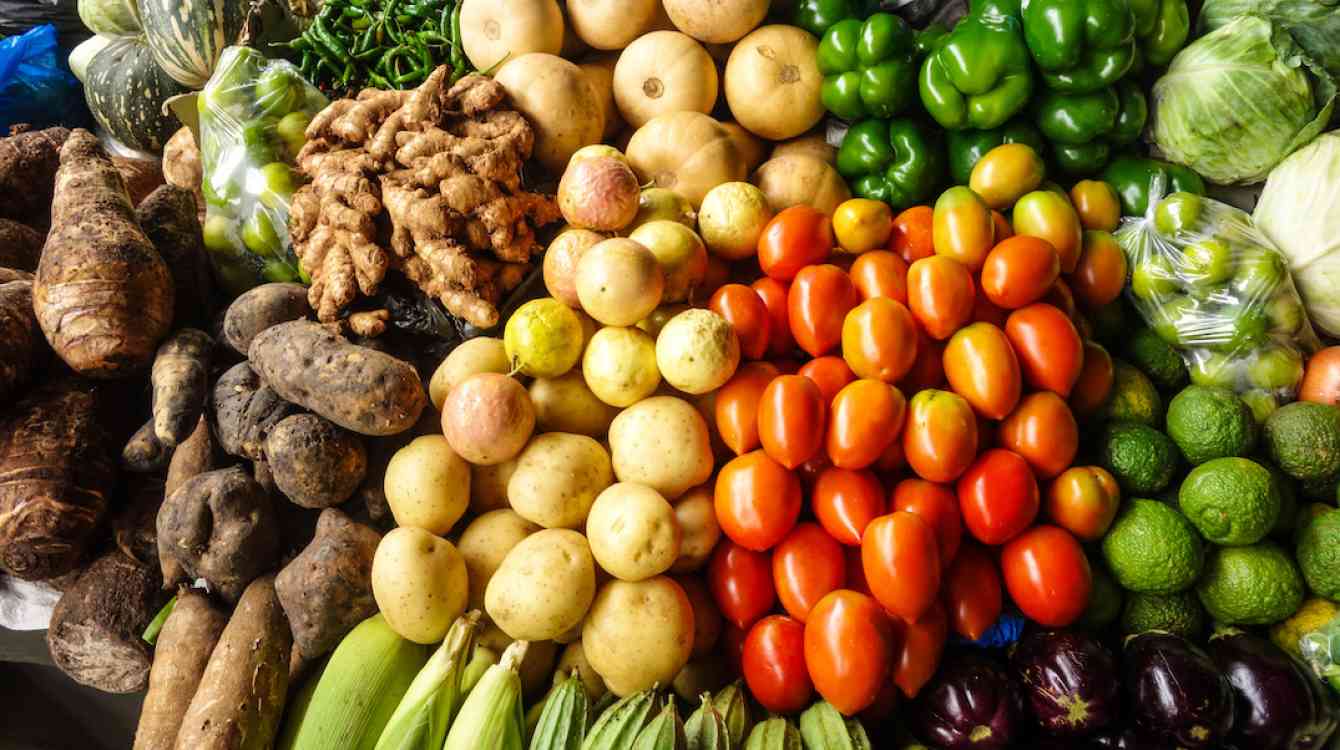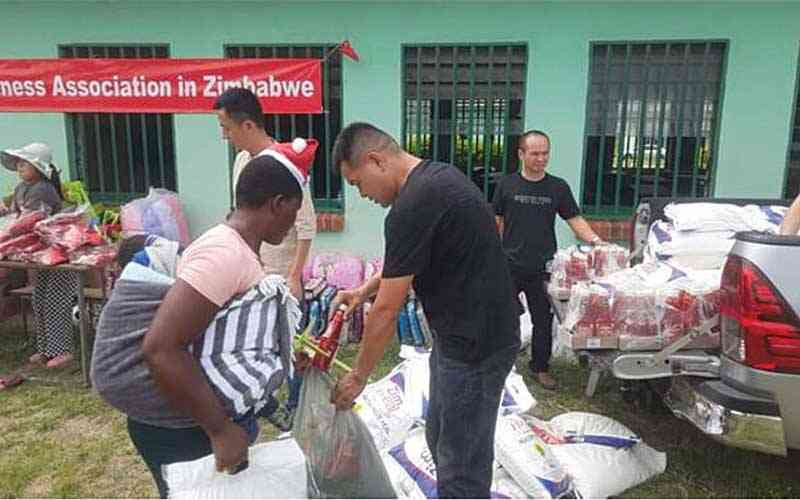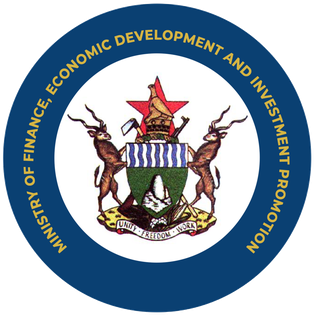
VALUE chain is one of the major notions associated with industrial agriculture where the food production process is viewed as a chain of activities from production to consumption.
However, when applied to African indigenous food systems, the value chain notion is found wanting because the majority of commodities that make up the African food baskets cannot be treated as individual value chains that can be developed in isolation.
For instance, from a utilisation perspective, pearl millet is better understood in relation to finger millet and different kinds of sorghum which either complement or substitute pearl millet and other small grains.
The inseparable relationship between crops, tubers, indigenous vegetables, small livestock and wildlife indicates why food basket is a more appropriate description of African food systems than talking in terms of value chains.
Every commodity has a complement and a substitute
Climate change is opening people’s eyes to the fact that every commodity has a complement and a substitute.
In many African countries sweet potatoes, yams, several tubers and some fruit-based combinations of menus as well as legumes are fast becoming super substitutes for wheat bread.
The absence of wheat bread or an increase in the price of bread will not cause any uprising in African countries because consumers simply resort to several substitutes that are widely available.
- COP26 a washout? Don’t lose hope – here’s why
- Out & about: Bright sheds light on Vic Falls Carnival
- COP26 a washout? Don’t lose hope – here’s why
- Out & about: Bright sheds light on Vic Falls Carnival
Keep Reading
This is one of the reasons why African food systems have remained resilient against droughts and other shocks like COVID-19.
If African policymakers had learnt anything from COVID-19, they would not be expending national resources on mono crops like maize and wheat but supporting diverse food baskets that are super substitutes during shocks and are also good at dealing with malnutrition.
Agroecology is gaining more traction due to its promotion of food diversity as opposed to monoculture whose negative impacts are now well-documented.
In keeping with a holistic approach to solving problems, agroecology is embracing several aspects around food baskets including the unique indigenous ways in which meals are prepared.
During one of the dialogues with communities that are practising agroecology in Masvingo province of Zimbabwe, elders described how the introduction of cooking oil to African food systems has undermined indigenous vegetables like cow pea leaves and pumpkin leaves whose tastes are tempered when cooked with industrial cooking oil.
According to elders, the best complement for cow peas and other indigenous vegetables is peanut butter. Indigenous vegetables also taste better when cooked in clay pots than in microwaves or modern pots. Clay pots are said to be good at keeping vegetables warm even when far from the fireplace. The onus is on African researchers and innovators to ensure this knowledge and wisdom is captured and embedded into modern ways of preparing meals.
Importance of moving from academic research to participatory research
Advancing African food systems requires African universities and research institutions to move away from academic research for the sake of passing examinations to participatory research in which community elders contribute their knowledge through clear systems for capturing and embedding local/indigenous knowledge around food and biodiversity management.
Generating evidence on what communities are losing through infiltration of their food systems by external foods can be a superior way of advocacy than implementing very small community projects that are not able to compete with commercial models which are aggressively pushing industrial monocultures and imported food systems.
While indigenous food baskets may not be receiving national media coverage compared to maize and wheat, most communities are surviving on these food baskets. For every hectare of wheat planted in some communities there are hundreds of hectares of sweet potatoes, yams, vegetables grown quietly by local farmers. In countries like Zimbabwe, the value of indigenous food is appreciating because it is now part of food baskets. For instance, a small pile of sweet potatoes goes for a dollar — the same price as a loaf of wheat bread.
Mass food markets as templates for coping with El Nino-induced drought
By mobilising diverse food baskets, African mass markets are becoming templates for coping with El Nino-induced drought. If these markets did not exist, people would be exposed to monotonous external diets including ultra-processed foods that find their way into African countries through porous borders. In order to make sense of all these dynamics, African countries should set up institutions responsible for understanding the whole food systems including how mass markets work, their relationships, knowledge and information within complements and substitutes as well as governance systems within the markets. Given their enormous contribution to food security, nutrition resilience and economic development, mass markets should not be neglected and left to run their own affairs without any meaningful government support.
Nutrition knowledge missing in mass markets
African mass markets are building food baskets for different climates and age groups but they do not have nutritionists to advice on nutritional aspects.
Health ministries should be interested in what constitutes a food basket for a particular district or province as well as distribution patterns per given time. Where stunting surveys are done in rural areas, there is need for comparison with cities in assessing food baskets and capacity of local people to access the food. For instance, carrots may be available in the local market but how many local people can afford them? Information on stunting should inform decisions to repurpose resources from wheat to nutritional horticulture and other diverse foods.
In addition to being nutrition-conscious, any investment in agriculture and food systems should start by mapping existing systems and types of markets. Such a rapid assessment can reveal the extent to which local food baskets are sources of nutrition, food security and livelihoods. The assessment can also guide the rehabilitation of local market infrastructure which, in most cases, is now beyond the capacity of local authorities which are struggling to raise enough resources. Agriculture ministries should be involved so that they see opportunities for anchoring exports on mass markets rather than continue relying on extractive colonial companies that do not farm but exploit African farmers by monopolising relationships with export markets. Mass markets should be recognised as institutions that can package commodities for export markets. While most African mass markets have been driving regional exports for many years, that export linkage and participation has remained undocumented. Most export proposals written at national level lack evidence from mass markets.
- Charles Dhewa is a proactive knowledge broker and management specialist











